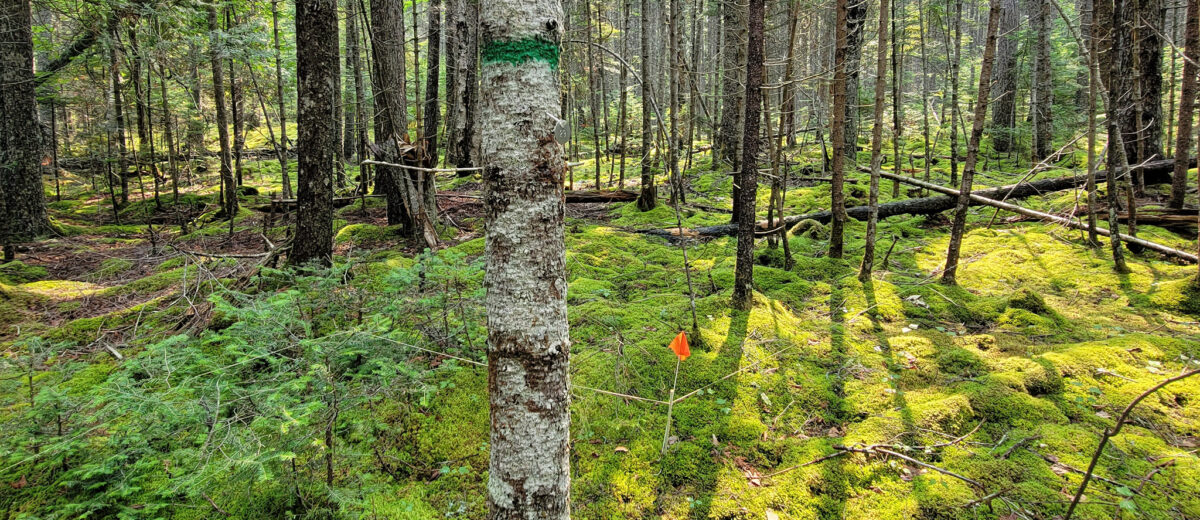New study analyzes condition of forests in 39 Eastern national parks
Most forests in national parks in the eastern United States are at risk due to browsing by overabundant white-tailed deer and crowding by invasive plants, according to a study of 39 national parks from Virginia to Maine published this month in Ecological Applications. Scientists with the National Park Service and Peter Nelson and Nick Fisichelli of Schoodic Institute studied forest regeneration – the ability of each forest to sustain itself through the growth and survival of seedlings and saplings that replace large trees as they die.
“In a healthy forest, when a big tree falls or dies, seedlings and saplings in the forest understory grow to fill the gap in the canopy. This regeneration is how forests continue to be forests,” Kate Miller, NPS quantitative ecologist and lead author of the study, said. “If there’s a lack of seedlings and saplings, the forest can’t maintain itself. This is what we found in the majority of eastern national park forests, and it’s very concerning.”
Based on 12 years of data, including measurements of the number of seedlings and saplings, each park was assigned to one of four forest regeneration categories: secure, insecure, probable failure or imminent failure. Failure was “imminent” or “probable” in most park forests in the study – except Acadia.
The study also showed that park forests can be restored to a healthy condition through management actions such as reducing deer, removing invasive vegetation, and planting native seedlings and saplings. “The low numbers of deer, few invasive plants, and abundant tree seedlings in Acadia are important factors contributing to healthy forests in Acadia today,” said Nick Fisichell of Schoodic Institute and co-author of the study. “Continued active management is needed to help our forests respond to emerging stressors such as warming temperatures, drought, and tree pests.”
